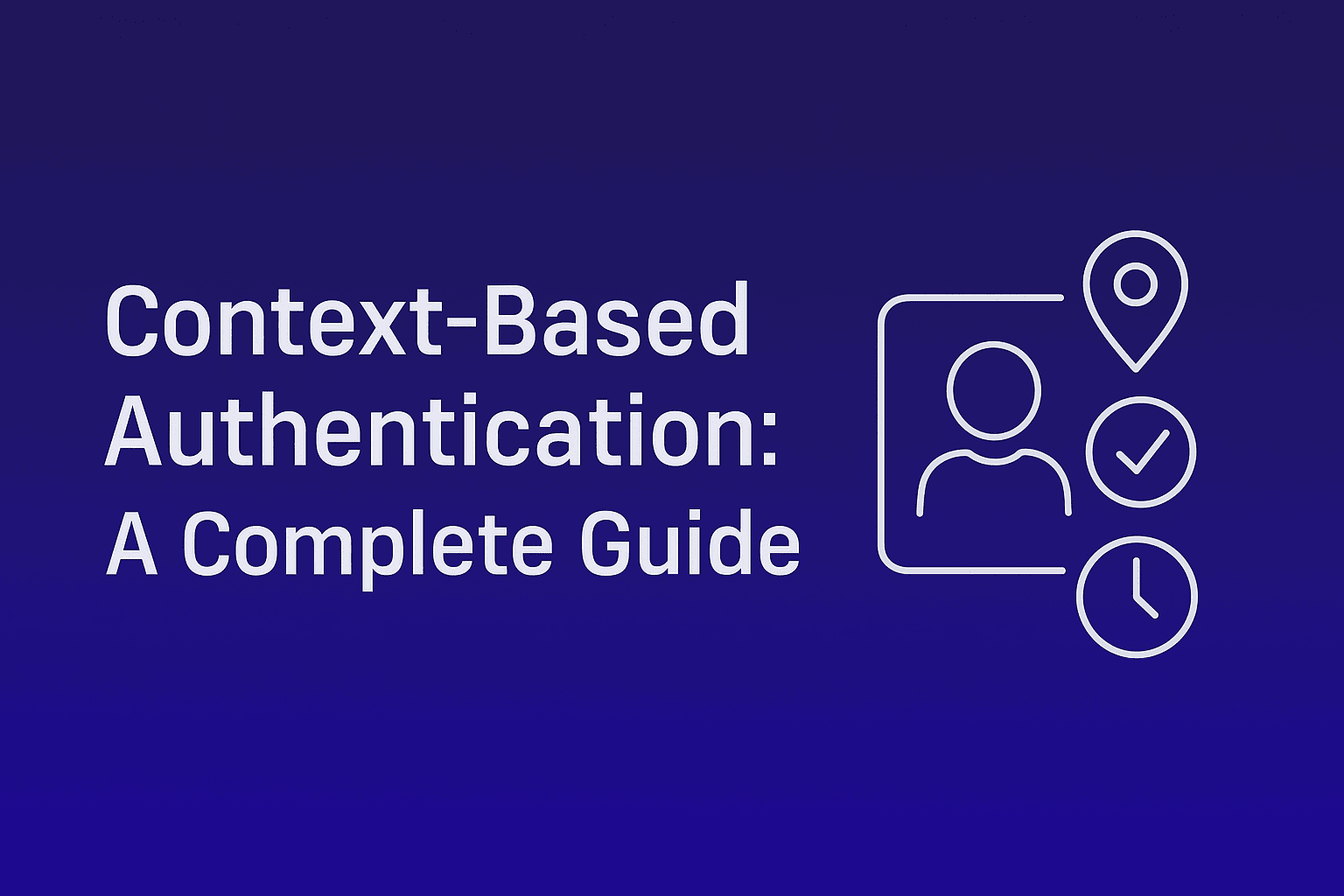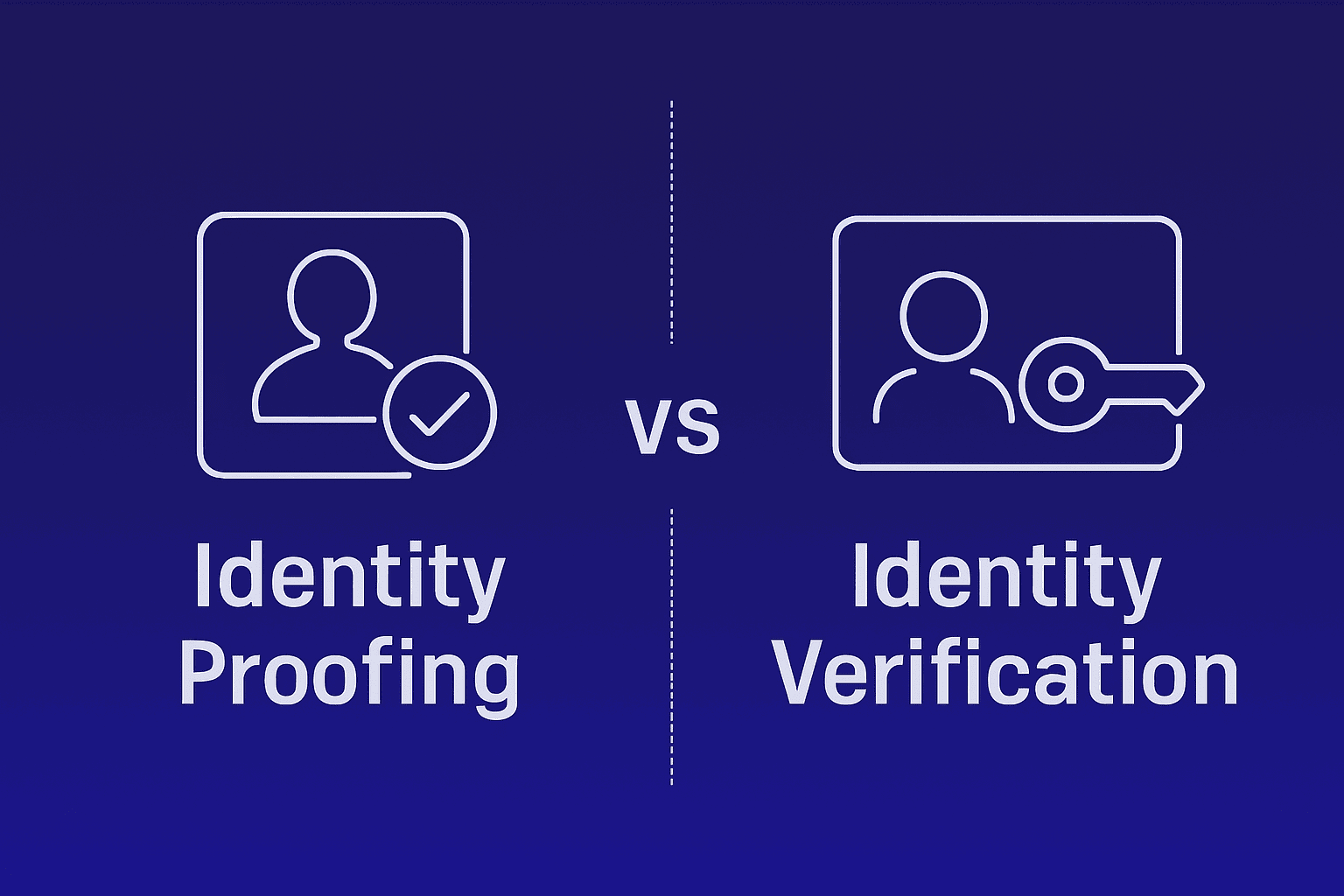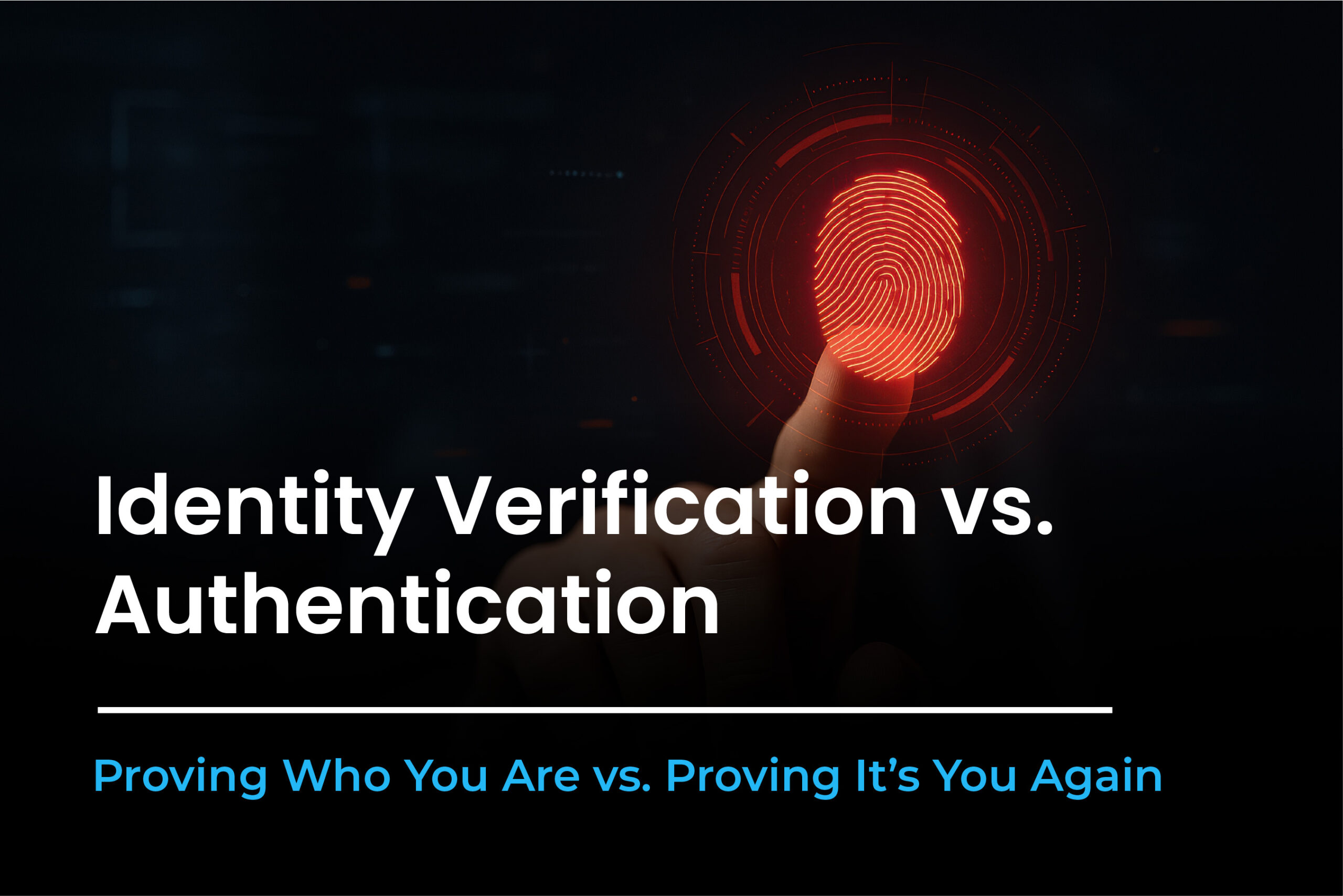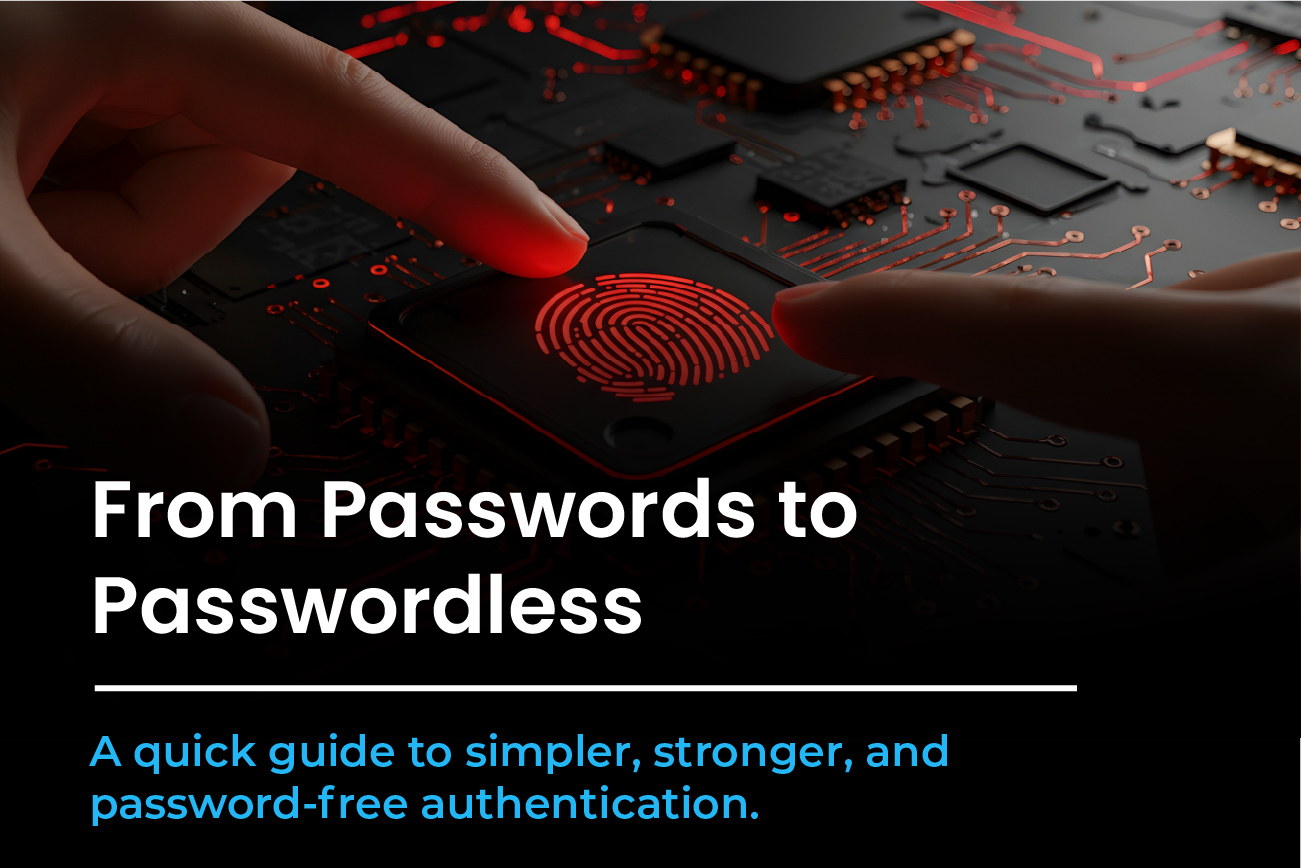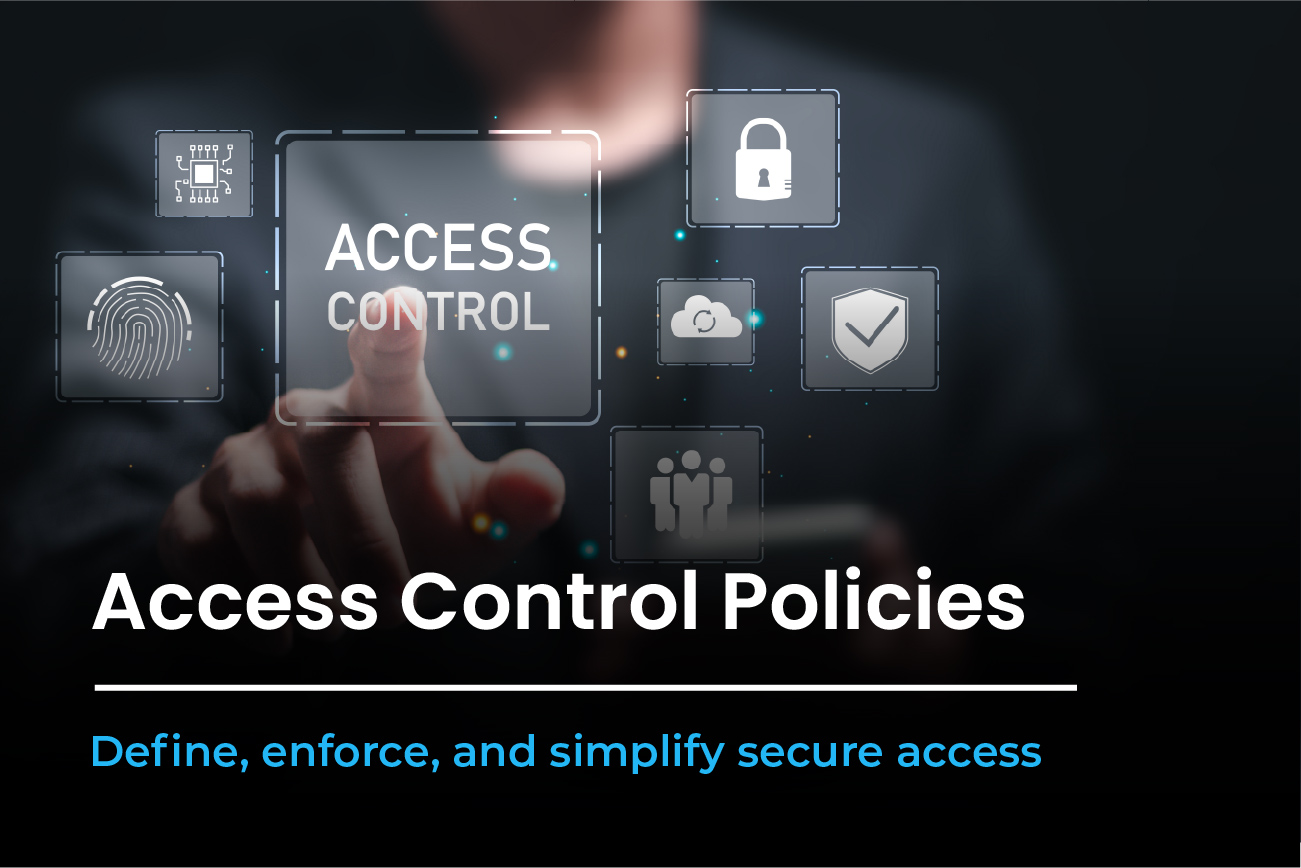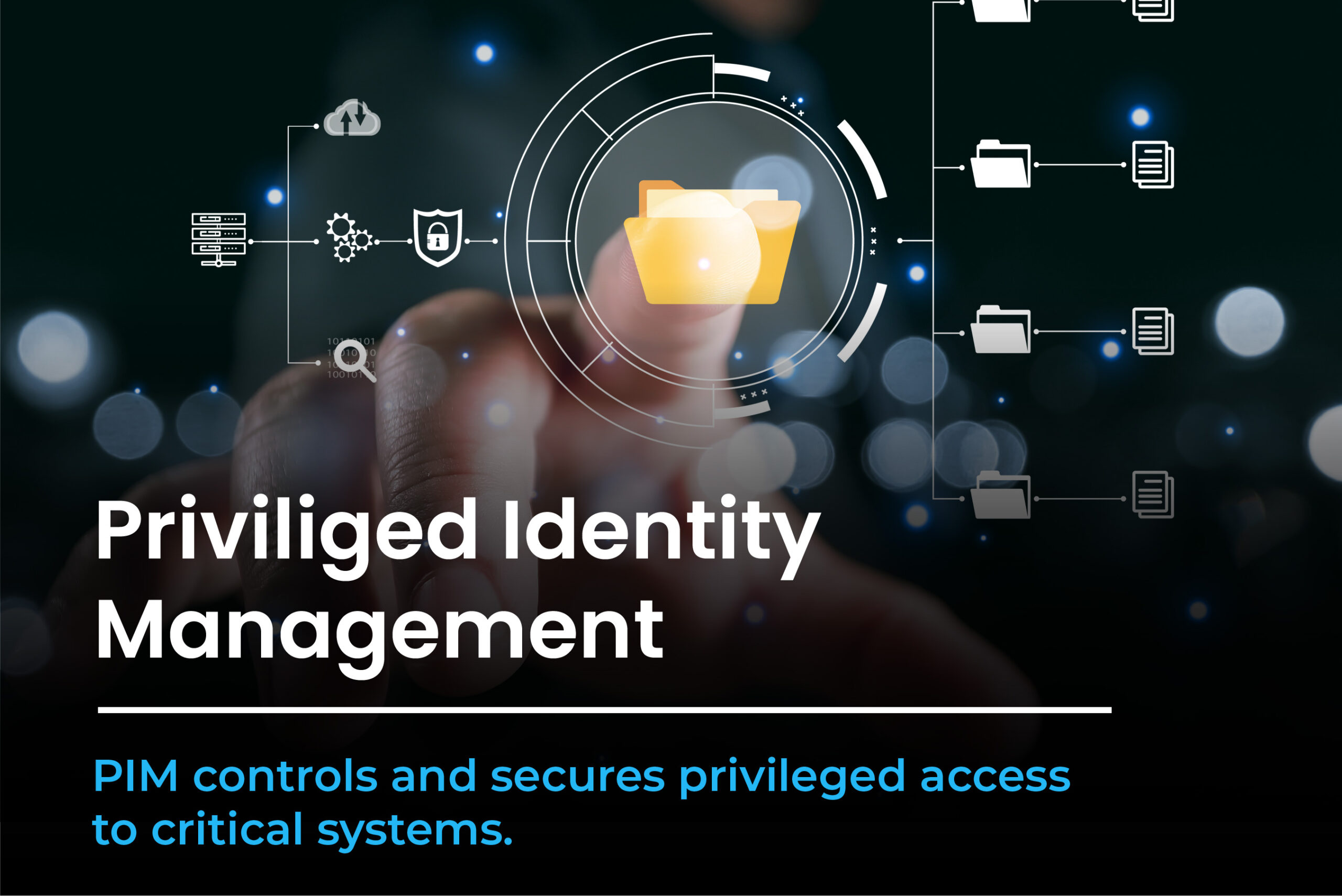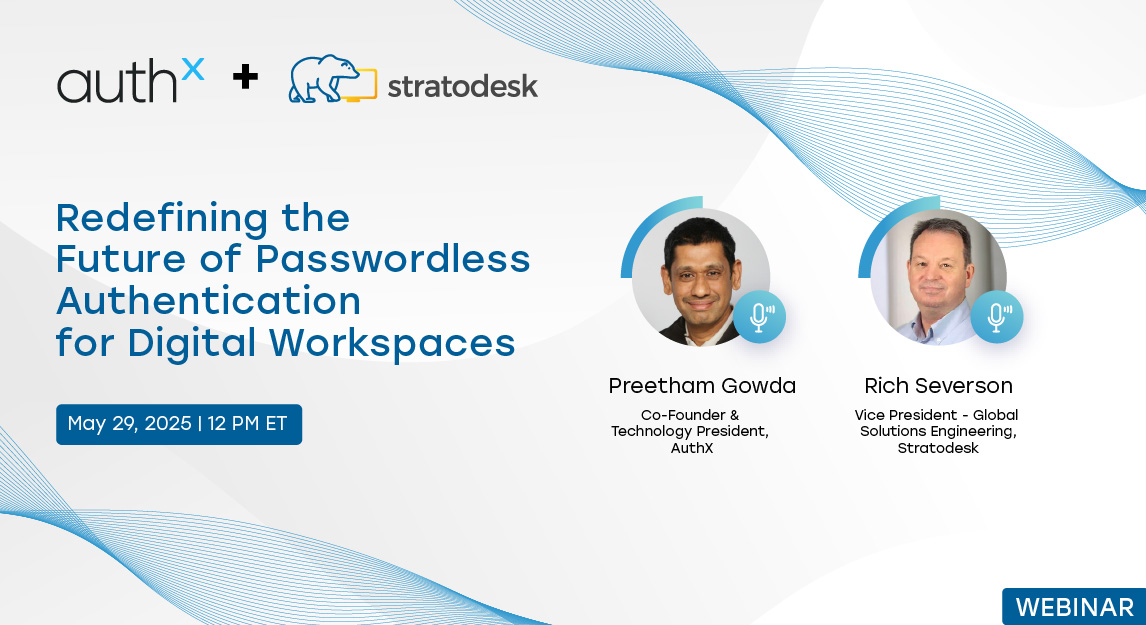Cybercriminals no longer rely on guessing passwords; they exploit everything from your location to your device fingerprint. Context-based authentication counters them by adapting checks in real time, granting smooth access under normal conditions and introducing friction only when risk indicators spike.
As one security leader put it, “Challenge the bad, glide the good; users stay happy, and attackers hit a wall.”
This guide breaks down how modern context based authentication works, the signals that truly matter, and the patterns that scale. We’ll also share how AuthX tackles the challenge with a passwordless-first approach and transparent policies.
What is Context-Based Authentication and Why It Matters Now?
Let’s answer the exact question teams ask in kick-off meetings: What is context-based authentication?
In practical terms, it is a decision system that reads the circumstances of access and the user’s history to decide whether to allow, step up, or deny. We like to frame it as security that pays attention. When the authentication context looks familiar, we keep it smooth. When the environment looks off, we raise the bar.
We have all seen why this matters: Passwords leak, OTPs can be phished, and Devices get rooted. Without context-based authentication, static checks miss fast-moving signals like geo velocity, network reputation, or a device that suddenly lost its secure enclave.
Clear Working Definitions for Stakeholders
You will hear three phrases used almost interchangeably in the market: context-based authentication, context-based authentication, and context aware authentication. The first focuses on the outcome, the second on the method, and the third on the signals. We use “adaptive access” as the umbrella in stakeholder decks and map these terms under it. We also define the three outcomes early: allow, step up, and deny. That clarity makes policy workshops faster.
A simple mental model helps – when a user tries to access something, we collect signals, compute risk, apply policy, and then choose an outcome. That is context-based authentication in one sentence.
How Context-Based Authentication Works
Start by learning a baseline. Over time, the system observes the user’s typical devices, locations, and times. At each login and during sensitive actions, it gathers signals. The risk engine compares the current attempt against baseline and policy thresholds. If the authentication context looks normal, system allows the user to access. If the pattern deviates, it challenges the user. If the signals look genuinely dangerous, it blocks the access.
This is where context aware authentication shines. It is not just a one-time gate. It watches for mid-session drift. If a user tries to change a beneficiary, raise a transfer limit, add a traveller, or access admin pages, the engine can re-check signals and require a stronger factor right then. This capability prevents real incidents without hurting everyday productivity.
Key Risk Signals That Drive Context-Based Authentication Decisions
When teams ask where to start, we walk them through a simple, repeatable taxonomy. This keeps design meetings focused and helps avoid gaps.
- User and behaviour: Usual login times, day-of-week patterns, geo norms, impossible travel, repeated failed attempts, sudden velocity changes. These build the behavioural baseline that anchors context-based authentication.
- Device and integrity: “Known versus unknown device”, OS version, jailbreak or root status, secure enclave availability, presence of device-bound private keys, and whether local biometrics or PIN are configured. Ignoring device posture is a common mistake in early context-based authentication projects.
- Network and location: IP reputation, ASN patterns, corporate network versus public Wi-Fi, TOR or anonymous proxies, geo risk mapping. This is where context-based authentication often catches automated attacks first.
- Application and URL context: Target app sensitivity, tenant or realm, URL anomalies, redirect behaviour, and the scope requested. Mapping app sensitivity to policy bands is how you avoid over-challenging low-risk actions.
- Environment and session: Time of day, session age, idle time, re-auth triggers for privileged actions, and drift from baseline during the session. This enables continuous evaluation inside a single sign-on flow.
- Transaction and action risk: Cart value spikes, unusual item combinations, new beneficiaries, wire transfers above thresholds, itinerary changes, and multi-geo media access. These are the strongest cues for step-up in consumer scenarios and make context aware authentication feel intelligent rather than intrusive.
Transparent Decision-Making and Policy Mapping
Transparency matters. Your auditors and your core team will both ask how decisions are made. We recommend pairing risk scoring with clear, white-box policy rules. For example, an unknown device on public Wi-Fi goes to biometric step-up; a high-risk IP with a known device denies admin apps but steps up for low-sensitivity portals. This pairing lets us explain outcomes and tune them over time. In short, context-based authentication should never be a black box.
Authentication Factors and the Role of Passwordless by Default
The default should be passwordless, backed by device-bound private keys and platform biometrics. When we must step up, we choose the factor that matches policy and user context. Push approvals, hardware tokens, or RFID cards are great options. We keep OTP or SMS as a last-resort fallback. That way, context-based authentication stays strong even when adversaries try to phish.
One more thing we often forget to say out loud: SSO should carry the decision forward, so users are not challenged repeatedly when the authentication context stays low risk.
Benefits of Context-Based Authentication
- Security uplift: Better catch rate on credential reuse and session hijack. Inline challenges stop the action before damage. This is where context aware authentication repays the investment quickly.
- Frictionless UX: There are no extra taps when everything looks familiar. Users feel the system respects their time, which builds trust in context-based authentication.
- Compliance coverage: With evidence, you can demonstrate high-assurance flows like PSD2 SCA patterns. Logs link signals, policy, and outcome. It is much easier to defend context-based authentication decisions than ad hoc exceptions.
- Cost and operations: There are fewer blanket prompts and password resets, helpdesk tickets drop, and engineers spend less time chasing one-off rules.
- Scale without hassle: The same design works for hundreds of users and tens of thousands. New apps inherit baselines and rules, a big win for teams in growth mode.
- Human factor: Reducing needless prompts is not just about convenience. It lowers prompt fatigue, so people take it seriously when a real step-up appears. That is the quiet superpower of context-based authentication.
Industry Use Cases You Can Apply
In fintech, a user attempts a high-value transfer from an unrecognized device on a shady network. Policy requires device integrity and a biometric step-up. Context-based authentication denies that the device lacks a secure enclave or fails integrity checks. In eCommerce, a large midnight purchase from a new geo triggers a single step-up before checkout, which blocks takeovers without hurting legitimate buyers. In travel, a customer on airport Wi-Fi tries to add a traveler and change an itinerary, so the system verifies device health and prompt for biometrics. Every one of these examples shows that context-based authentication is doing its job.
Architecture, Standards, and Integrations That Make It Work
When you draw the moving parts, they are simple. A risk engine ingests device, network, behavior, and transaction signals. A policy service applies clear rules and maps risk bands to outcomes. A factor service provides passwordless by default and the right step-up when needed. Connectors push logs to SIEM and stream events to analytics.
SSO integration and support for standards like SAML authentication context are table stakes for enterprise teams. That is how downstream apps understand the strength of the initial decision. Developers often ask how this relates to JavaScript frameworks, and I smile because I know the question is coming. You might see searches for context authentication, which refers to state sharing in front-end code. It is helpful for the client but very different from security context-based authentication, which drives risk and policy in the platform.
Implementation Roadmap and Common Mistakes to Avoid
Start with readiness. Inventory users, apps, and sensitive actions. Map the signals you can collect today and the ones you need from device management, network telemetry, or app logs. Draft policies per app and action. Keep it simple. Launch a pilot with a group that tolerates change, measure friction and catch rate, then tune thresholds. We always set aside real time in the first month to adjust rules about unknown devices and public networks, because that is where most false positives live. Then roll out in waves and schedule quarterly reviews. This is where context-based authentication becomes muscle memory for your team.
Privacy, Governance, and Ethical Considerations in Context Authentication
Collect only what you need, be transparent about it, and set clear retention windows. Document how signals affect outcomes and test for unintended bias, especially with geo rules and travel patterns. The goal is to raise the bar without raising eyebrows. When context-based authentication is implemented with privacy by design, audit conversations become faster and far less stressful.
Why AuthX is Built for Context-Aware Authentication?
AuthX starts with passwordless by default, using device-bound private keys and platform biometrics for the smoothest low-risk path. Our adaptive engine pairs risk scoring with clear, editable policies, so your team can see exactly why a decision was made and change it when needed. We support rich signals across device, network, geo velocity, session context, and transaction cues. We integrate with your SSO, HR systems, and SIEM, and we ship developer-friendly SDKs, so adding context-based authentication to new apps feels straightforward. Most importantly, we focus on measurable outcomes: fewer takeovers, less friction, and fewer helpdesk tickets as you scale.
Conclusion: The Promise of Smarter, Adaptive Access Control
The pattern is simple. Let trusted activity flow. Intervene when the story does not fit. That is the promise of context authentication and why so many teams are moving in this direction. If you want to see how this looks in your environment, bring your top three risky workflows. We will prototype policies together and show you how quickly context aware authentication can make a difference.
FAQs
How is context authentication different from MFA?
MFA checks extra factors every time or in broad situations. Context authentication tailors decisions to risk, using signals like device posture and network reputation.
Can I keep my SSO and still use context authentication?
Yes. Integrating with SSO is the best practice. The SSO session can carry decision strength using standards like SAML authentication context, so downstream apps understand assurance levels.
Does context authentication work for consumer and workforce apps?
Absolutely. It shines in checkout, money movement, itinerary changes, and subscription access, where transaction risk varies dramatically by action.
Do I still need OTP if I go passwordless with context authentication?
Keep OTP as a fallback for edge cases. For normal and medium-risk flows, rely on device-bound keys, biometrics, and push approvals that are resistant to phishing.

